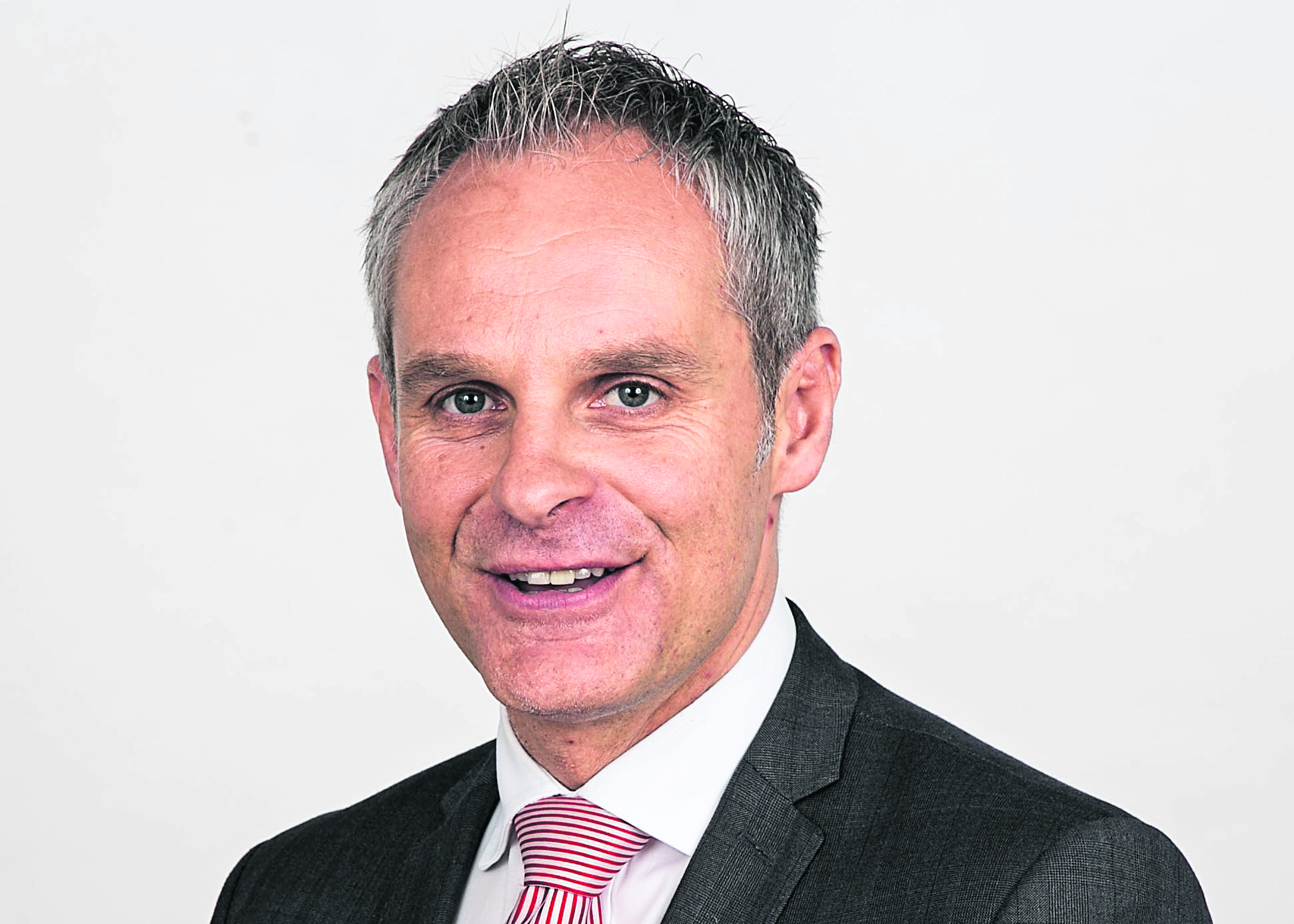
With Covid-19 causing significant cashflow issues for most companies trading in the UK, we recommend you carefully consider whether you are undertaking research and development (R&D) work. If you are, it means you can boost your cashflow by making a claim for R&D tax relief.
The UK Government’s Covid-19 support for businesses has recognised the benefit that claims for R&D tax relief can bring to companies.
As a result, they have bolstered existing R&D staff numbers by redeploying personnel from other departments and ensuring home working staff have the necessary resources to maintain a 28-day turnaround for most R&D tax relief claims.
R&D tax relief is available to small and medium-sized enterprises (SMEs) and large companies, with the former relief being more generous.
Companies incurring expenditure on creating new products, services, materials or processes or modifying existing ones will normally be eligible to make a claim for R&D tax relief with the proviso that the company’s R&D projects seeks to achieve an advance in science or technology.
Companies should seek professional advice as to what qualifies as an advance. AAB’s innovations tax team has supported successful claims by clients in a wide variety of sectors including construction, technology, oil and gas, food and drink, software and fashion.
For SMEs, every £1 of qualifying R&D expenditure results in a 230% deduction from taxable profits, providing an additional £1.30 of corporation tax relief. The cashflow benefit is realised in a number of ways from a reduction in Corporation Tax to a cash payment from HM Revenue and Customs (HMRC) where a company makes losses and surrenders them to HMRC.
Larger companies achieve the cashflow advantage through a reduction in their corporation tax liability or by receiving a repayment from HMRC through the Research and Development Expenditure Credit (RDEC) Scheme.
Qualifying expenditure includes staff and subcontractors, software costs, materials consumed in the R&D process and the costs of hiring workers to undertake innovation work. Additionally, capital costs associated with creating innovation areas in premises can also qualify for enhanced tax relief.
Claims for R&D tax relief are made in the company tax return which must be submitted within 24 months of the end of the period when expenditure has been incurred.
HMRC manages R&D claims and is offering further Covid-19 support measures: Late claims to support companies affected by Covid-19 will be looked on more favourably; R&D repayments claimed by an SME will, where possible, not be reduced for other tax liabilities due by the SME from HMRC, for example, outstanding PAYE/NIC; the proposed introduction of a cap related to PAYE from April 2020 on the R&D repayment available to an SME has been delayed; and only Covid-19 related business interruption loans provided to fund R&D will affect an SME’s ability to claim R&D repayments.
On the other hand, HMRC has unfortunately confirmed there will be no relaxation of the requirement for the claimant to be a Going Concern to claim a tax payment from HMRC.
Ultimately, identifying innovative activity could result in gaining valuable cash support from the government. We recommend you consider your company’s activities and recognise innovation.
AAB’s R&D specialists can discuss your activity and confirm whether it would constitute R&D for tax purposes and then guide you through the process to make a successful claim.
Recommended for you

